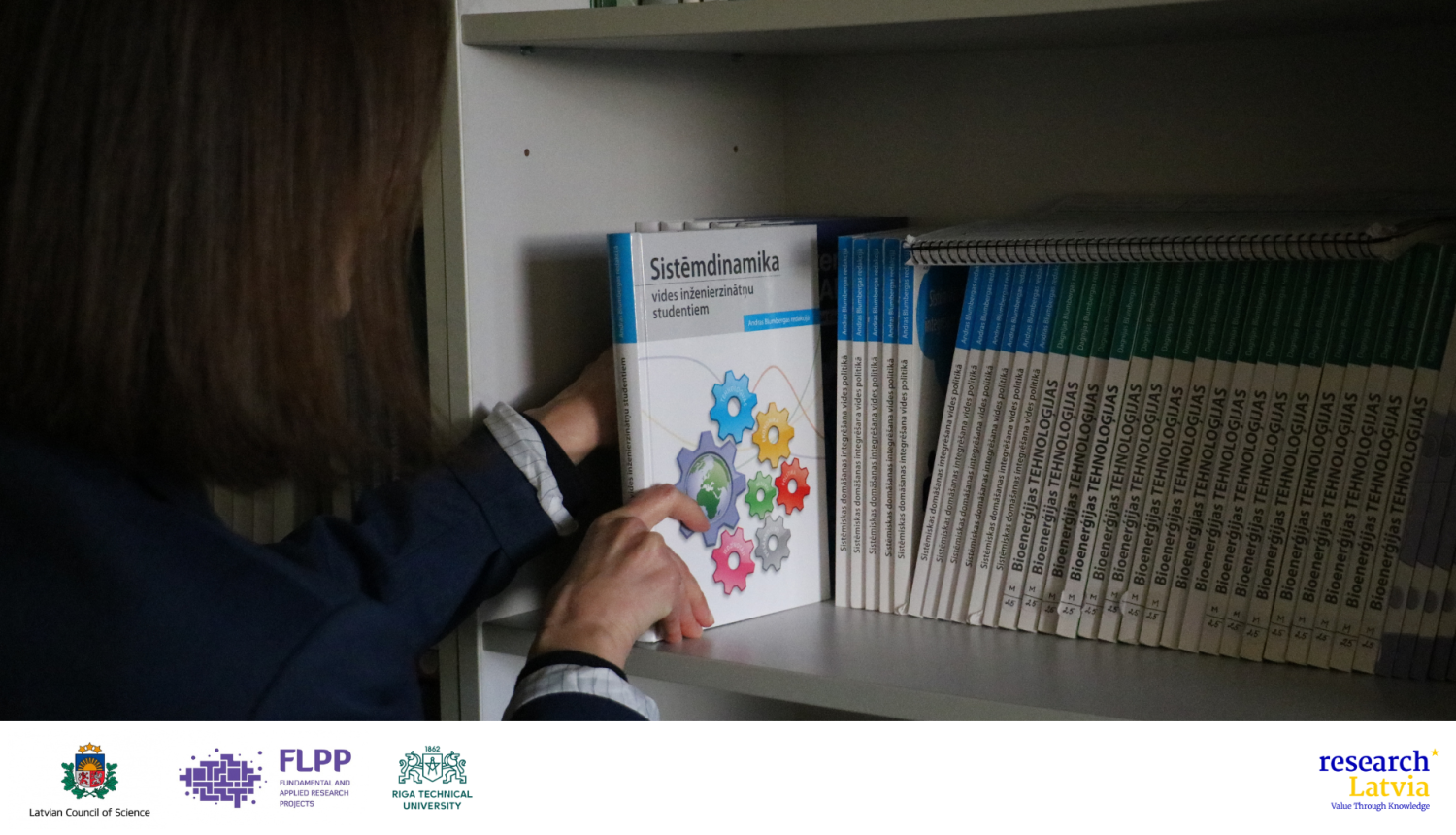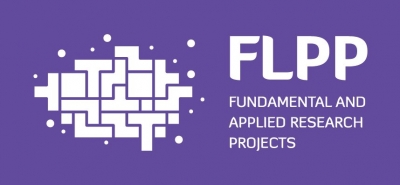In today's world, where climate change has become one of the greatest challenges, innovative solutions often emerge from unexpected places. One such solution is a digital tool developed by Latvian scientists. This tool allows anyone to assess the benefits of window replacement, facade insulation, and other energy efficiency improvements. The developed digital tool, accessible to all interested parties, provides insight into the future of sustainable living.
This story is about a research team from Riga Technical University, which developed a simulation game for implementing energy efficiency measures. Judging by the project description, development stages, and website quality, one might assume that the project was created by startup entrepreneurs or IT professionals. However, in reality, it was carried out by academic professionals who recognized a critical issue in the energy efficiency sector.
A Combination of Challenges:
-
The pressing issue of (non-)renovation in multi-apartment buildings,
-
The growing public interest in energy efficiency solutions,
-
The complex technical language used in energy audits, making them more suitable for industry professionals rather than the general public.
Behind the Scenes: From Research to a Game
As part of the Fundamental and Applied Research Program project that has been administered by the Latvian Council of Science “Bridging the Carbon Neutrality Gap in Energy Communities: Social Sciences and Humanities Meet Energy Studies (BRIDGE)”, a digital tool was developed in the form of a simulation game. The game can be played individually or together with a neighbor from the adjacent building. By simplifying complex energy concepts and offering interactive simulations, this digital tool democratizes access to information. It enables people to make informed decisions about their energy consumption and home improvements for a greener future.
Game users can explore different energy-saving scenarios, visualizing their impact on their home, nearby buildings, or even at the neighborhood level.
This digital tool provides users with an accessible platform to explore and understand energy efficiency topics and their benefits. The tool helps people make informed decisions about home improvements related to energy consumption by offering various interactive features. To try this tool, visit the website: https://ej.uz/energoefektivitātesspēle
How Does the Game Work?
The goal of the project was to create a digital tool that would help people and building management communities make informed decisions about building energy efficiency. Energy auditors conduct audits separately for each building. However, these documents are often difficult for ordinary people to understand, as they contain specific terminology and graphs that require explanation. Currently, building managing companies explain the impact of energy efficiency measures to residents, especially when planning to renovate standard multi-apartment buildings—insulating facades, insulating roofs, replacing windows. However, for this process to proceed, it requires a quorum of residents to approve such a project. The project team has translated complex energy efficiency calculation models into a simple and accessible platform, allowing non-professionals to deepen their knowledge or take the first steps.
To ensure that the explanation of the benefits of energy efficiency measures does not fall solely on the shoulders of building elders and to help others understand the advantages, the tool developed by researchers comes to the rescue. It is designed for the following audiences – residents of apartment buildings and energy solution implementers. The website is designed as a simulation game, where, by entering data about their home’s heating type, size, replaced windows, planned energy efficiency measures, and car usage habits, users can experiment with various energy-saving measures and assess potential expenses in relation to benefits. In the multiplayer version, users can see how energy consumption changes in multiple high-rise buildings and evaluate which solutions should be implemented across several buildings to achieve a common benefit – making homes more energy-efficient, reducing heating and electricity consumption, lowering costs, and collaborating with each other. The more players opt for home renovation and energy efficiency solutions, the more effectively CO2 emissions will be reduced, contributing to the decarbonization of the building stock (eliminating carbon dioxide emissions).
This game can be compared to adopting a healthy lifestyle, where one must weigh what is more essential for achieving a goal and what will incur higher expenses, which measures will bring greater and more specific benefits – purchasing a new sports outfit, changing eating habits, or attending training sessions with a coach. Similarly, in this case, the solutions are tied to the real-life situation in Latvia.
Successful Team Collaboration
The website developers, in collaboration with Rīgas namu pārvaldnieks, have taken into account not only the electricity costs, energy efficiency measures, and heating prices that were relevant at the time of the website's creation but also the available support for housing renovations. This makes the tool a highly practical solution.
To develop the website, researchers from Riga Technical University’s Institute of Energy Systems and Environment (IESE) worked together with representatives from the social sciences. Various building characteristics, climatic conditions, and energy prices were considered to ensure results that reflect real-world conditions. The tool allows users to experiment with different scenarios, such as insulation, window replacement, and the use of renewable energy sources.
This tool can help people save energy, reduce costs, and promote sustainable development. It is particularly useful for building managers, property owners, and policymakers who need data to make informed decisions regarding energy efficiency measures.
A Tool That Can Drive Improvements Today!
This project offers significant benefits to multi-apartment building residents, helping them make energy efficiency decisions for their apartments and buildings.
Key benefits include:
-
Raising awareness: Helps people understand complex energy concepts, such as energy flow, the importance of insulation, and the potential of renewable energy sources.
-
Decision-making support: Provides informational support for people evaluating different energy efficiency strategies and their impact on energy consumption and costs.
-
Cost savings: By choosing energy-efficient solutions, people can reduce their energy bills and save money in the long run.
-
Environmental protection: Reducing energy consumption helps lower CO₂ emissions and other harmful pollutants.
-
Community engagement: Encourages public involvement in energy efficiency initiatives, spreading awareness and motivating others to participate actively.
As RTU scientist Ruta Vanaga says:
"It’s not enough to sit in your social-bubble and think only about improving your own apartment. That’s just one small part of the bigger picture—you have to think more broadly. Homeowners are responsible not only for their apartment but also for the stairwell, the windows within it, the facade restoration, and even the roof, even if they don’t live on the top floor. This tool helps us see the big picture and consider energy efficiency solutions on a larger scale."
Currently, the developers note that the website’s functionality may not be suitable for private homeowners, as it was designed specifically for multi-apartment buildings. However, much of the information can be adapted if necessary, including cost-related data, which can be regularly updated.
The project has great potential for adoption by property management companies, as they often organize building facade renovations and insulation projects. Likewise, energy efficiency specialists could use the game to visually demonstrate different scenarios to residents regarding energy consumption and cost reduction strategies.
By leveraging innovative solutions and engaging the public, we can create a more energy-efficient and sustainable world. Every individual’s contribution matters, and this tool is one of the instruments that can help us achieve these goals.
We invite everyone to try this tool and become an active participant in improving energy efficiency. Together, we can create a sustainable future, where energy is used wisely and efficiently.
The project " Bridging the Carbon Neutrality Gap in Energy Communities: Social Sciences and Humanities Meet Energy Studies (BRIDGE)” (lzp-2020/1-0256) is implemented under the Fundamental and Applied Research program, funded by the Latvian Council of Science.





